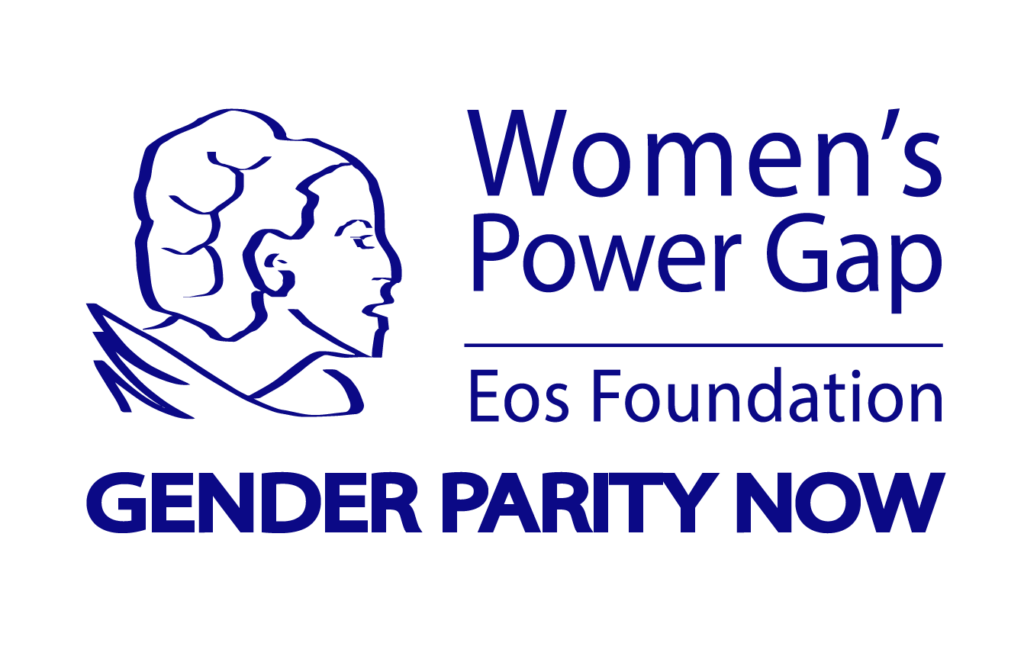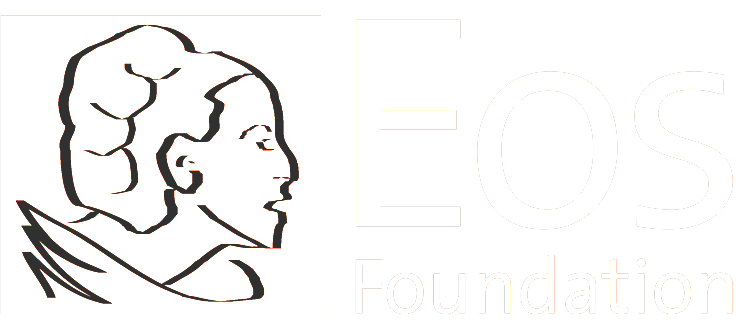By Audrey Williams June
February 24, 2021
A key finding is that women are notably absent among those top earners. And that’s even more true of women of color, according to the report, which is also by the American Association of University Women.
“Higher ed, in addition to being a moral exemplar, we think it could and should be the first sector in our economy to reach gender parity and fair representation of people of color at the top,” said Andrea Silbert, president of the Eos Foundation. “We’re using money as a proxy for position and power.”
“The Power Gap Among Top Earners at America’s Elite Universities” reflects the most recent publicly available data on more than 2,000 top earners at 130 colleges listed in the Carnegie Classification’s highest tier of research universities. The data is divided into three groups: core employees (mostly presidents, provosts, deans, faculty, and administrative leaders); medical-center positions (minus chief executives for health affairs and medical-school deans — they’re part of the core); and any employees who work in athletics.



